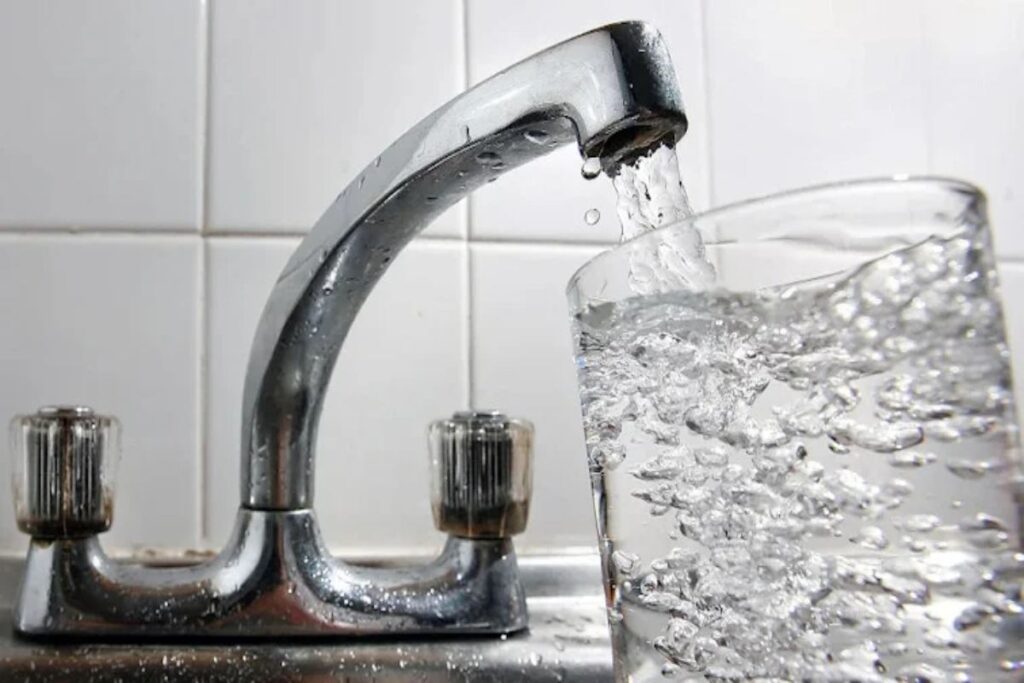New regulations from the US Environmental Protection Agency (EPA) target the dangerous presence of six perfluoroalkyl and polyfluoroalkyl in drinking water. However, critics say the regulations do not apply to all drinking water in the United States and will take years to become effective, leaving many citizens at risk.
Used since the 1950s to make consumer products in everything from nonstick cookware to waterproof clothing, PFAS have been linked to serious health issues, from cancer to hormone disruption.
Under the new rules, water utilities must implement testing and public notification procedures within three years. Additionally, they will have five years to reduce levels according to the new standards. But with the clock, will it be enough to protect public health?
Millions Exposed as New Regulations Fall Short
Although the latest regulations tackle the dangers of the chemicals, well water is exempt. Surprisingly, over 43 million Americans, roughly 15% of the population, prey on well water. Despite a potential lifeline of up to $6 billion in grants from 2022 to 2026, States are struggling to counter PFAS pollution, especially in small or disadvantaged communities.
ALSO READ: Yankees Icon Mariano Rivera Throws Support Behind Trump for President
Melanie Benesh, Vice President of government affairs for the Environmental Working Group, noted that the regulations do not apply to manufacturing facilities that use PFAS to create products. Benesh advocates for a shift in responsibility upstream to curb pollution at its source, calling for stricter limits on PFAS emissions into the environment.
These chemicals, ominously dubbed “forever chemicals,” persist indefinitely, posing a silent threat to human health long after exposure.
The Lingering Threat of PFAS in Your Body and Water
Jane Hoppin, director of the Center for Human Health and the Environment at North Carolina State University, paints a new picture of PFAS persistence. Even without additional exposure, these “forever chemicals” have been in the body for years. Starting with ten nanograms, it will take nearly 25 years for all traces to scatter. That’s just the sad reality of their long presence.

For those seeking to protect themselves, “knowledge is power,” they say. To identify PFAS levels, use resources like the national tap water database offered by advocacy nonprofit organizations. Additionally, public water system users can access information by searching their zip codes.
ALSO READ: McDonald’s $25 Buzz Sparks Debate: Is California’s Minimum Wage to Blame?
However, for those on well water or in areas where testing isn’t mandated, it is advisable to purchase a test from a certified lab. The EPA’s new regulations have stricter limits on two of the most concerning PFAS chemicals. These are PFOA and PFOS. According to the EPA, the initial advisory’s 70 parts per trillion has been reduced to just four parts per trillion.
Understanding PFAS Concentrations
According to EWG, a single part per trillion is identical to 7 square feet out of the 7 trillion square feet that make up the state of Texas. “The most important thing is to ensure the testing method can detect down to at least four parts per trillion or lower of PFAS,” Andrews said.
“There are a large number of labs across the country certified to test to that level, so there are a lot of options available.” In the EPA’s latest regulations, extra chemicals like PFNA, PFHxS, and GenX are subject to maximum limits of 10 parts per trillion. The EPA focuses on mixture exposure and sets additional limits for combinations of PFAS chemicals for thorough protection.

For consumers seeking immediate solutions, an under-the-counter water filter for their tap is a smart move. NSF, formerly the National Sanitation Foundation, has a list of recommended filters, with reverse osmosis filters emerging as the gold standard.
Although more expensive, at around $200, reverse osmosis filters can eliminate contaminants. This means cleaner, safer drinking water for households battling PFAS issues. Notably, reverse osmosis systems use carbon-based filters and membranes, according to Andrews.
“The important part is that you have to keep changing those filters,” Andrews noted. “If you don’t change that filter, and it becomes saturated, the levels of PFAS in the filtered water can actually be above the levels in the tap water.”
You Might Also Like:
Deion Sanders Responds Emotionally as Daughter Deiondra Shares Pregnancy News
Saucy Santana’s Sneak Peek of “Get It Sexyy” Remix Sets the Internet Ablaze
J. Cole Makes Triumphant Return to the Stage Following Apology to Kendrick Lamar
Get the Hot Girl Guide! Megan Thee Stallion Reveals Her Sizzling Workout Secrets
Did She Deliver? Social Media Buzzes Over Yung Miami’s Hot New Single “CFWM”
